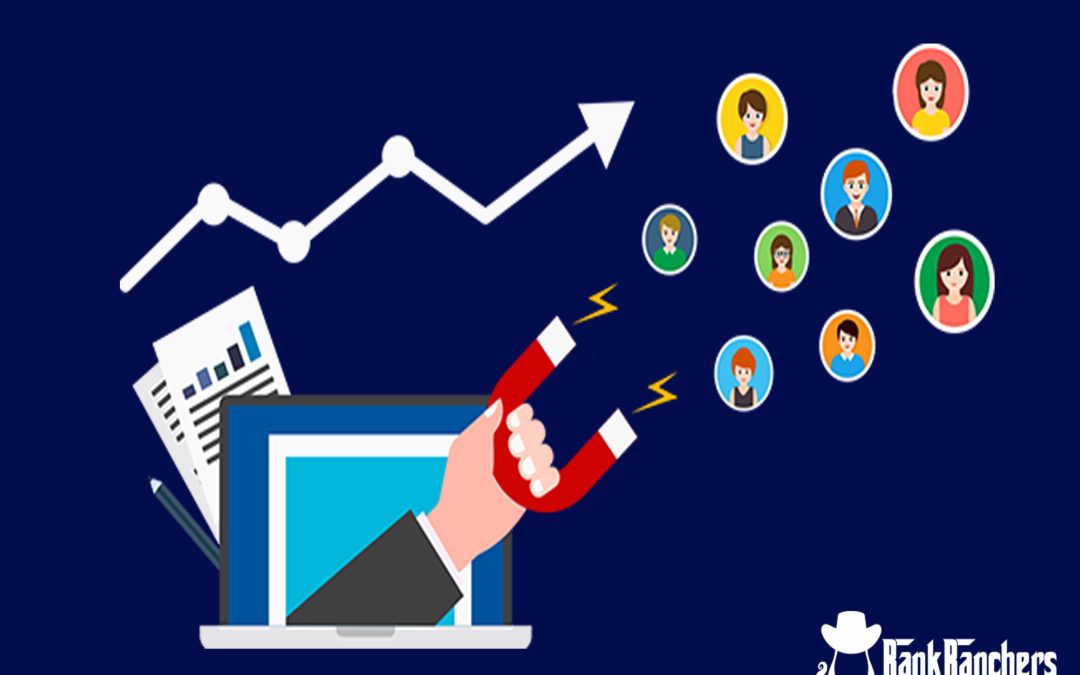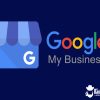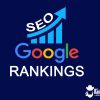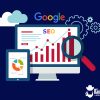Advertising on Facebook is important for people who want to sell things, even though other social media options exist. Right now, you can show your ads to around 30% of the whole world’s population, which is about 2.17 billion people! And more people are joining Facebook all the time.
In 2024, The cool thing about Facebook is that you can make sure your ads are seen by the right people – the ones who are likely to buy your stuff. So, if you want to know how much it costs to put on Facebook ads or how to plan your first ad campaign, keep reading!
Click, BOOM! A Step-by-Step Guide to Launching Your Facebook Ads
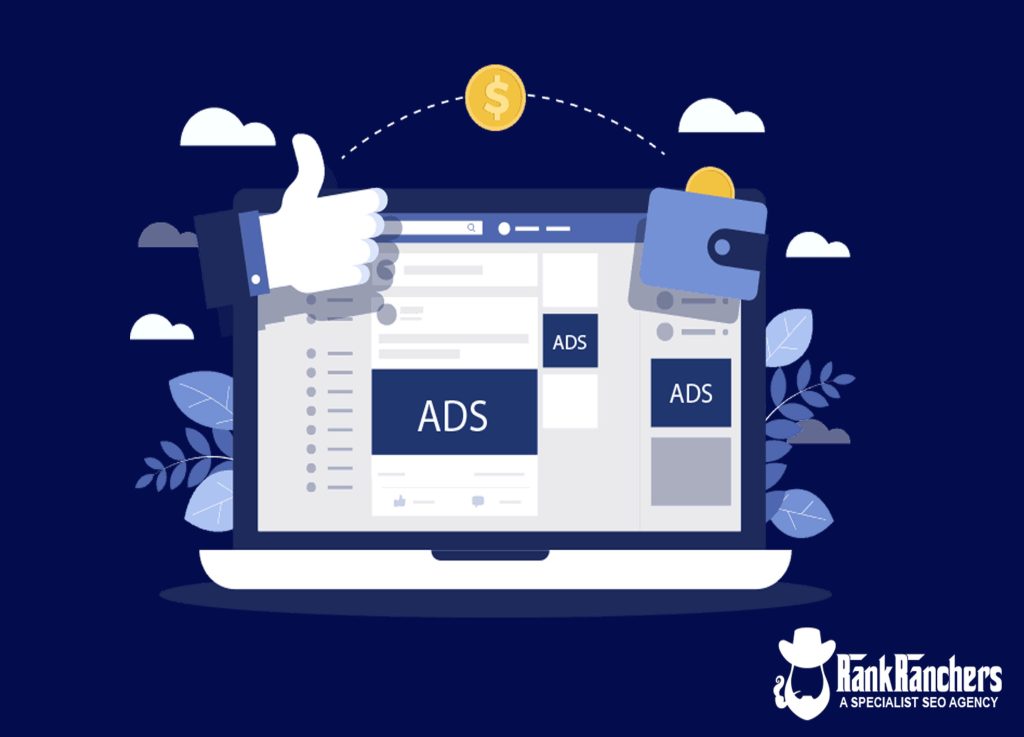
To start advertising on Facebook, you need to set up an account on Facebook Ads Manager. Make sure you have a Facebook Business Page, as personal profiles can’t run ads. Follow these easy steps:
1. Starting an Ad through Facebook Ads Manager
- Log in to Ads Manager to see a dashboard with your campaigns, ad sets, and ads.
- Click the green “Create” button to make a new campaign, ad set, or ad based on your goal. There are 11 goals, such as brand awareness and website traffic. It’s like choosing a goal for your ad adventure.
2. Choosing an Objective
Facebook Ads Manager will ask you to pick a goal, like brand awareness or conversions, to guide your ad creation. Each goal has different ad options for your campaign. It’s like telling Facebook what you want your ad to do.
3. Selecting Your Audience
Decide who will see your ads by choosing criteria like location, age, and interests. Facebook gives you an idea of how many people your ad might reach. Try different options based on your campaign goal. It’s like choosing your audience in a play – who do you want to see your show?
4. Setting Your Budget
Choose a daily or lifetime budget. Daily means your ad runs all day, while lifetime lets you set a specific time. You can customize scheduling, bid strategy, and delivery type. It’s like deciding how much money you want to spend on your ad adventure each day.
5. Creating Your Ad
Choose your ad format based on your goal. You can pick single-image ads or carousel ads. Follow the guidelines for text, image ratio, and resolution. It’s like picking the best outfit for your ad to stand out in the crowd.
6. Monitoring Ad Performance Metrics
Monitor key metrics like results, reach, and engagement in Ads Manager. It’s akin to assessing the growth of your garden and making necessary tweaks to ensure optimal results.
7. Reporting on Facebook Ad Performance
Get reports via email by going to “Analyze and Report.” Create a report, save it, and schedule email delivery. Use UTM codes for URLs to see how well your ads are working. It’s like getting a report card for your ad adventure to know what’s working and what needs improvement.
Facebook Ad Costs in 2024: Maximize Impact Without Breaking the Bank
Have you ever wondered how much it costs to put ads on Facebook? Well, it’s challenging to figure out, but don’t worry! The amount you spend on Facebook ads is flexible. It depends on a variety of factors, like:
- Audience targeting: If you want your ads to reach specific people, it costs 10-20 % more compared to showing them to many different audiences.
- Ad placement: Putting ads on Facebook or Instagram can have different costs, maybe around a 5-15% difference.
- Campaign duration: The longer your ad campaign runs, the more it might cost, going up by about 5-10% for each extra day.
- Competitiveness of your industry: If your business is in a competitive field, the cost of ads could go up by 15-30%, especially if your products are pricey or the leads are valuable.
- Time of year: Ad costs can change during different times, like holidays or seasons, fluctuating by 10-25%.
- Time of day: Ads are usually cheapest between midnight and 6 am, dropping by 15-20%.
- Location: Ad costs can differ a lot between countries, with 5-30% variations.
Top 9 Types of Facebook Advertisement
Facebook has many ad options to help your business reach its goals. Each ad type has different ways to guide people on what to do next. Marketers can pick from various types and formats to match their campaign goals, such as:
1. Image Ads
Facebook’s basic ad format uses a single image to promote products or brands. Ideal for campaigns with strong visual content, it’s simple to create, suitable for any sales funnel stage, and effective for boosting brand awareness or launching new products.
2. Video Ads
Similar to image ads, video ads showcase products or services using a single video. Especially useful for product demos or tutorials, shorter videos under 15 seconds are recommended for increased engagement, although they can be time-consuming and more costly to produce.
3. Carousel Ads
Carousel ads display up to ten images or videos, allowing users to click through with individual headlines, descriptions, or links. Perfect for showcasing a series of products or guiding users through a process, offering a dynamic and interactive experience for viewers.
4. Instant Experience Ads
Mobile-only interactive ads (formerly Canvas Ads) that provide users with an engaging experience. Users can interact with a carousel of images, shift the screen, and zoom in or out. Effective with five to seven images, premade templates save time, making it an ideal choice for mobile users.
5. Collection Ads
Immersive carousels with a step-up user experience, allowing users to browse products in full-screen mode and make purchases directly from the ad. Ideal for businesses with diverse product lines, offering a customizable and visually appealing mobile window-shopping experience.
6. Lead Ads
Exclusively for mobile, lead ads simplify contact information collection without extensive typing. Great for gathering newsletter subscriptions or generating trial sign-ups, particularly successful for industries like automotive, encouraging test drives.
7. Slideshow Ads
Composed of 3-10 images or a single video in slideshow format, using less data than videos. A suitable alternative for markets with slower internet connections and an excellent starting point for those without video-making experience.
8. Stories Ads
Mobile-only full-screen vertical video format for creative freedom, including images, videos, and carousels. Ideal for engaging mobile users, offering various creative elements like emojis and filters. Requires different formatting and may have reduced visibility compared to other ad formats.
9. Messenger Ads
Displayed in Facebook’s Messenger tab, providing a more personal feel as users engage in conversations. Effective for initiating interactions and starting conversations, particularly beneficial for smaller businesses promoting local products or services.
6 Facebook Strategies Generate High-Quality Leads
Facebook marketing serves as a potent tool for driving sales through various strategic avenues:
1. Reaching More People
Facebook has a lot of users, about 2.963 billion as of January 2024. It’s more than other platforms like Instagram. The users also come from different age groups, from 18 to 65+, so you can find your target customers on Facebook.
2. Marketing at Every Step
On Facebook, you can talk to your customers at any stage of them thinking about buying something. Facebook’s ads and tools work well for any kind of marketing plan. Whether people are just looking around or ready to buy, you can use ads like sponsored stories or videos to get them interested.
3. Targeting Specific People
Facebook helps you find not just any people but also the ones who are interested in your products. You can target people based on what they like, what they do, and even what they’re interested in. You can even reach people who like other brands like yours.
4. Different Types of Ads
Facebook offers many ways to show your ads – there are 10 different options. This is more than other places. Trying out different ad formats helps you figure out what works best to sell to different people.
5. Checking How Well You’re Doing
You can see how well your ads are doing on Facebook. They give you detailed information about things like how many people saw your ads and how many bought something. Installing Facebook pixel on your website makes this even better.
6. Keeping People Interested
After people buy something, it’s important to keep them interested. Facebook helps you run campaigns to stay in touch with your customers. It’s like having a second website for your business, and if you have the money, you can run ads just for your existing customers.
Conclusion
Facebook advertising is vital for broadening your reach on the social platform and bolstering your overall digital marketing strategy. It fosters brand awareness, attracts leads, and converts users into customers. Despite the learning curve, this avenue proves valuable for businesses when you target specific interests, employ eye-catching visuals, ensure a smooth conversion process, and meticulously track performance. Adhering to these guidelines empowers you to engage on the crowded platform, prompting user action effectively. After a brief learning period, you can establish a reliable stream of Facebook conversions, solidifying its pivotal role in your marketing strategy.
FAQs
1. How can Facebook Ads help me reach more people?
With Facebook Ads, you can expand your audience reach by targeting specific demographics, interests, and behaviors. It allows you to connect with a wide range of potential customers who may be interested in your products or services.
2. What types of ads work best on Facebook?
You have various options like sponsored stories, carousel ads, and video ads. Trying out different formats helps you discover what resonates most with your audience. It’s about finding the ad types that work best for your business and the people you want to reach.
3. How do I know if my Facebook Ads are effective?
Facebook provides detailed analytics and reports for your ad campaigns. Reach, engagement, and conversion metrics you can track. Installing Facebook pixels on your website enhances the accuracy of this data, giving you insights into the success of your ads.
4. Can I target people who are interested in my competitors?
Yes, Facebook’s targeting capabilities go beyond demographics. You can specifically target users who are interested in your competitor brands. This allows you to tap into a relevant audience and refine your advertising strategy based on market competition.
5. What should I do to keep my audience engaged after they interact with my ads?
After people engage with your ads or make a purchase, it’s crucial to keep them interested. Facebook enables you to run campaigns aimed at nurturing and retaining your audience. It acts as a tool to maintain ongoing communication, ensuring sustained interest in your brand beyond the initial interaction.

